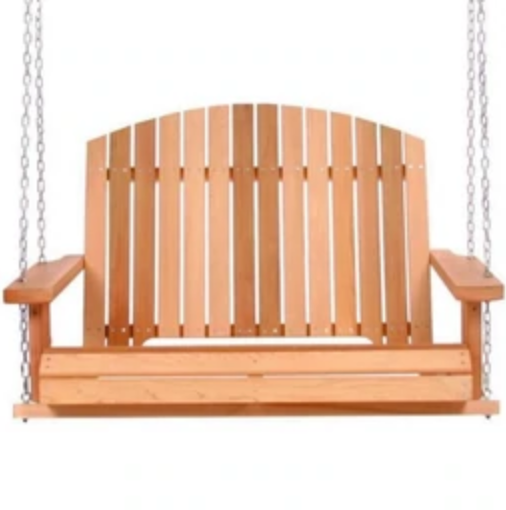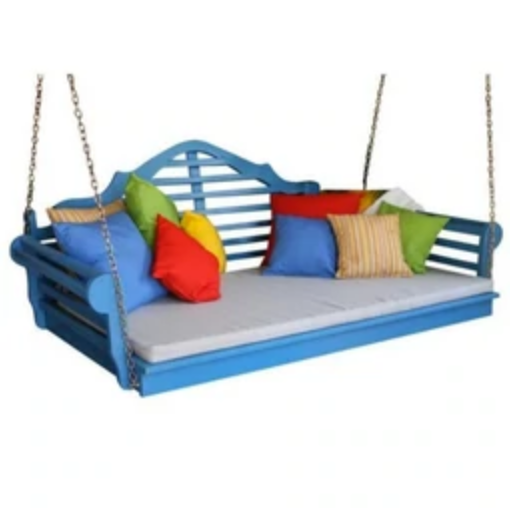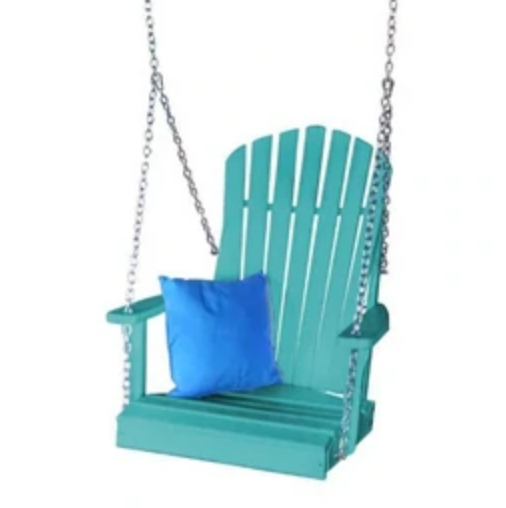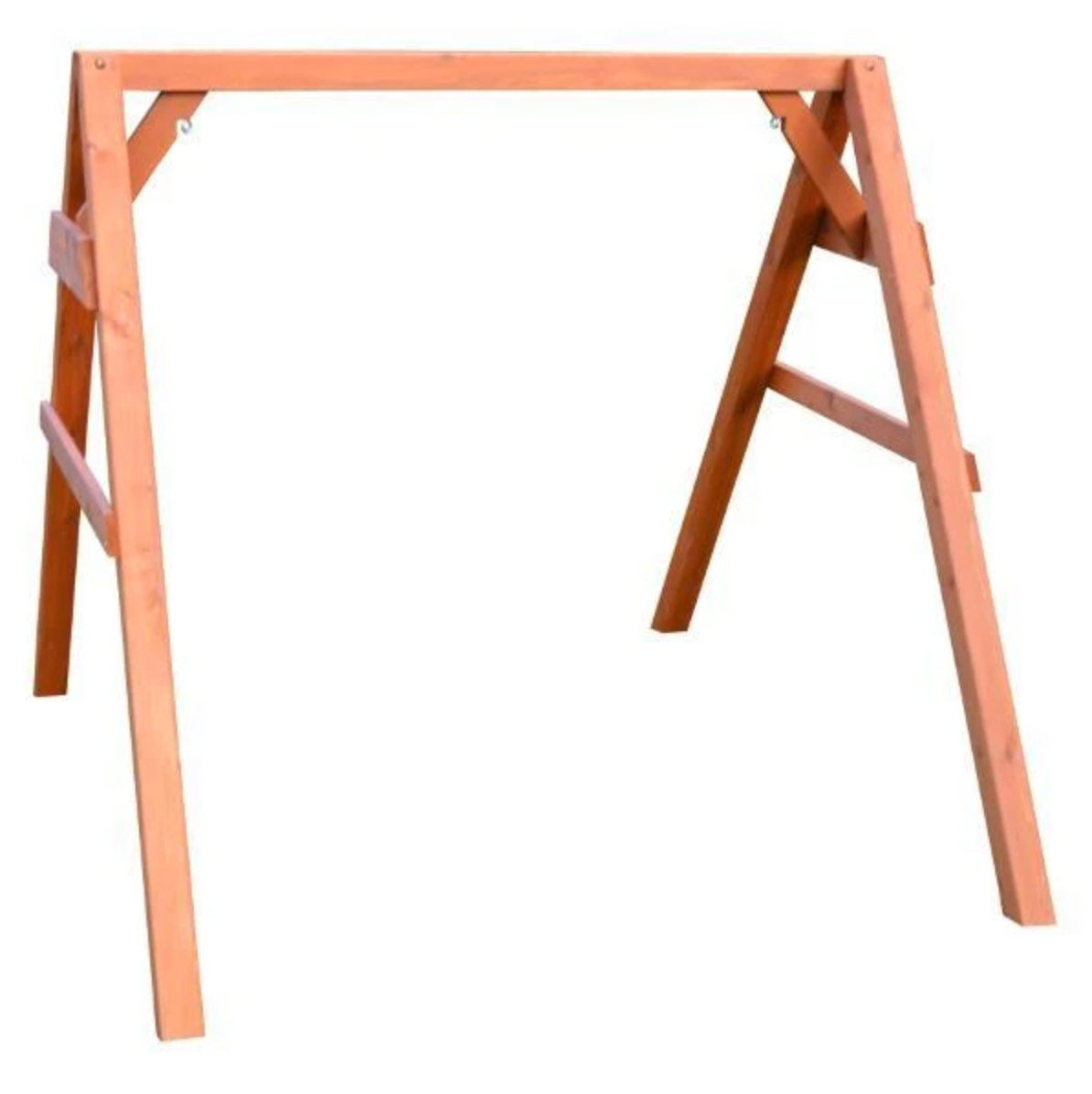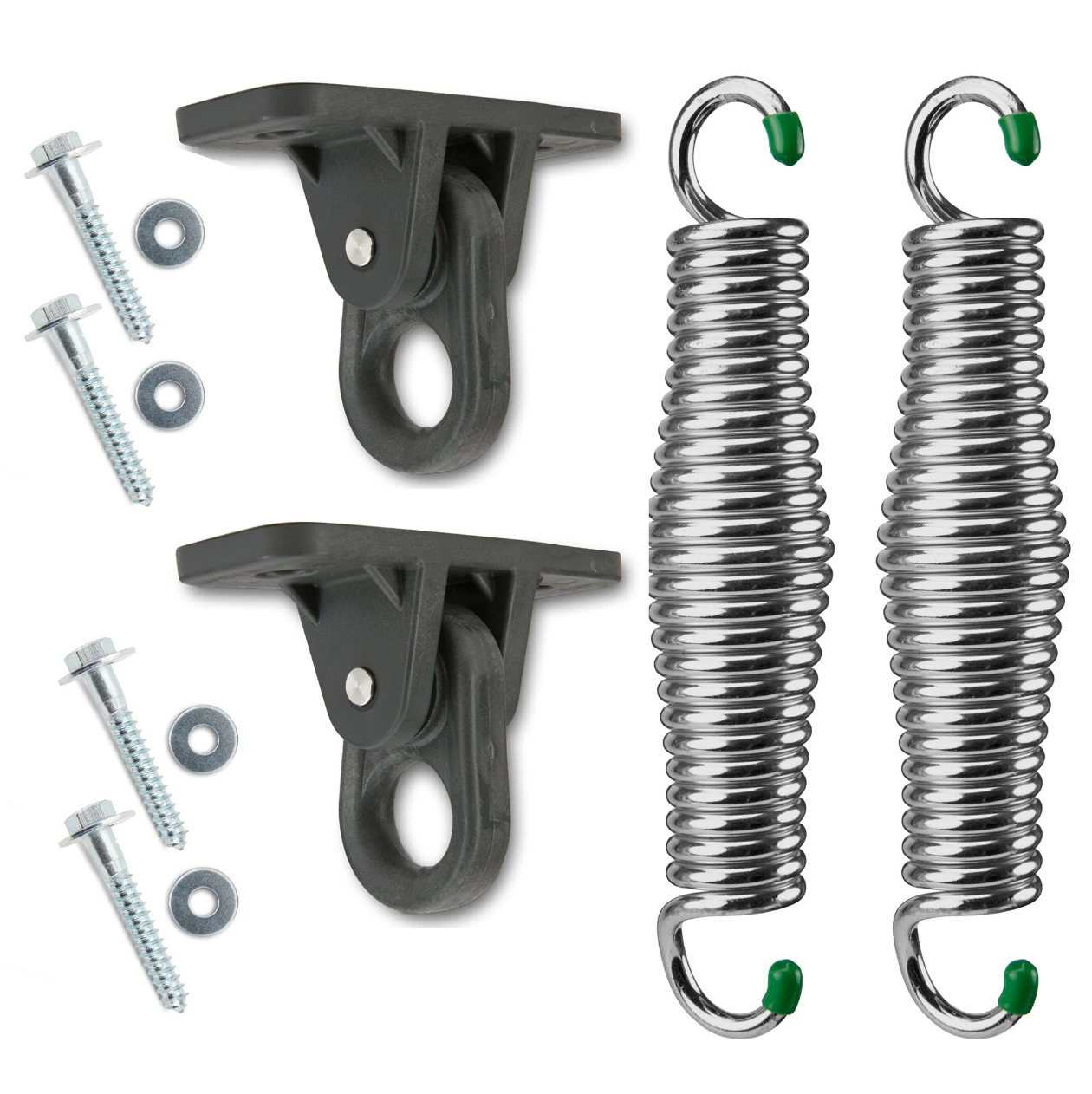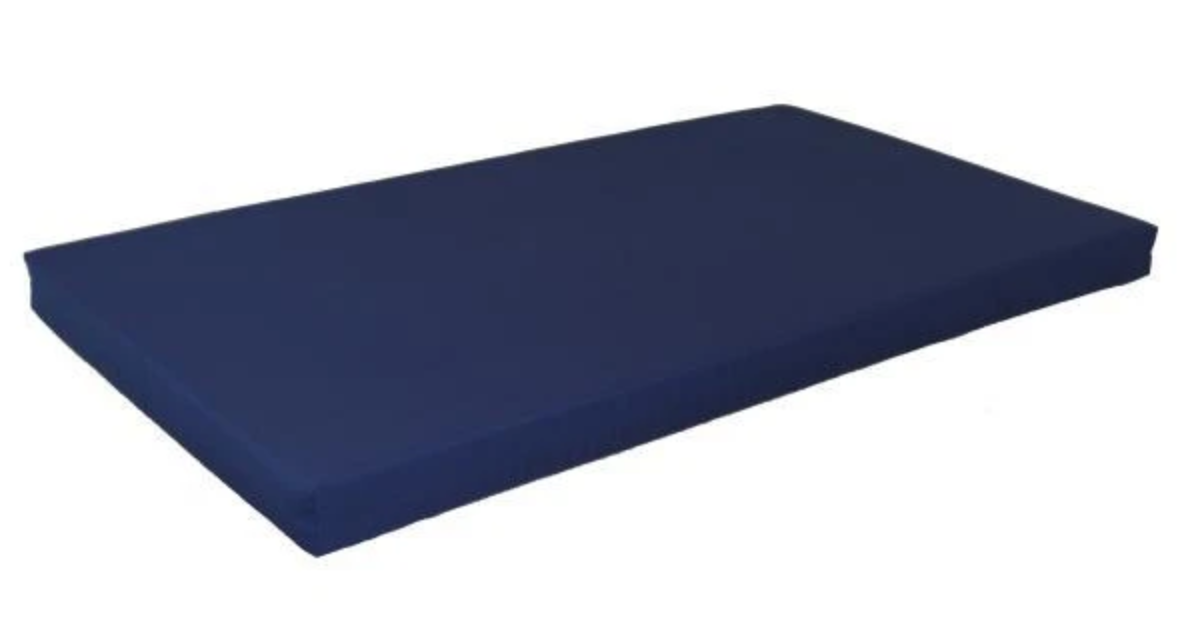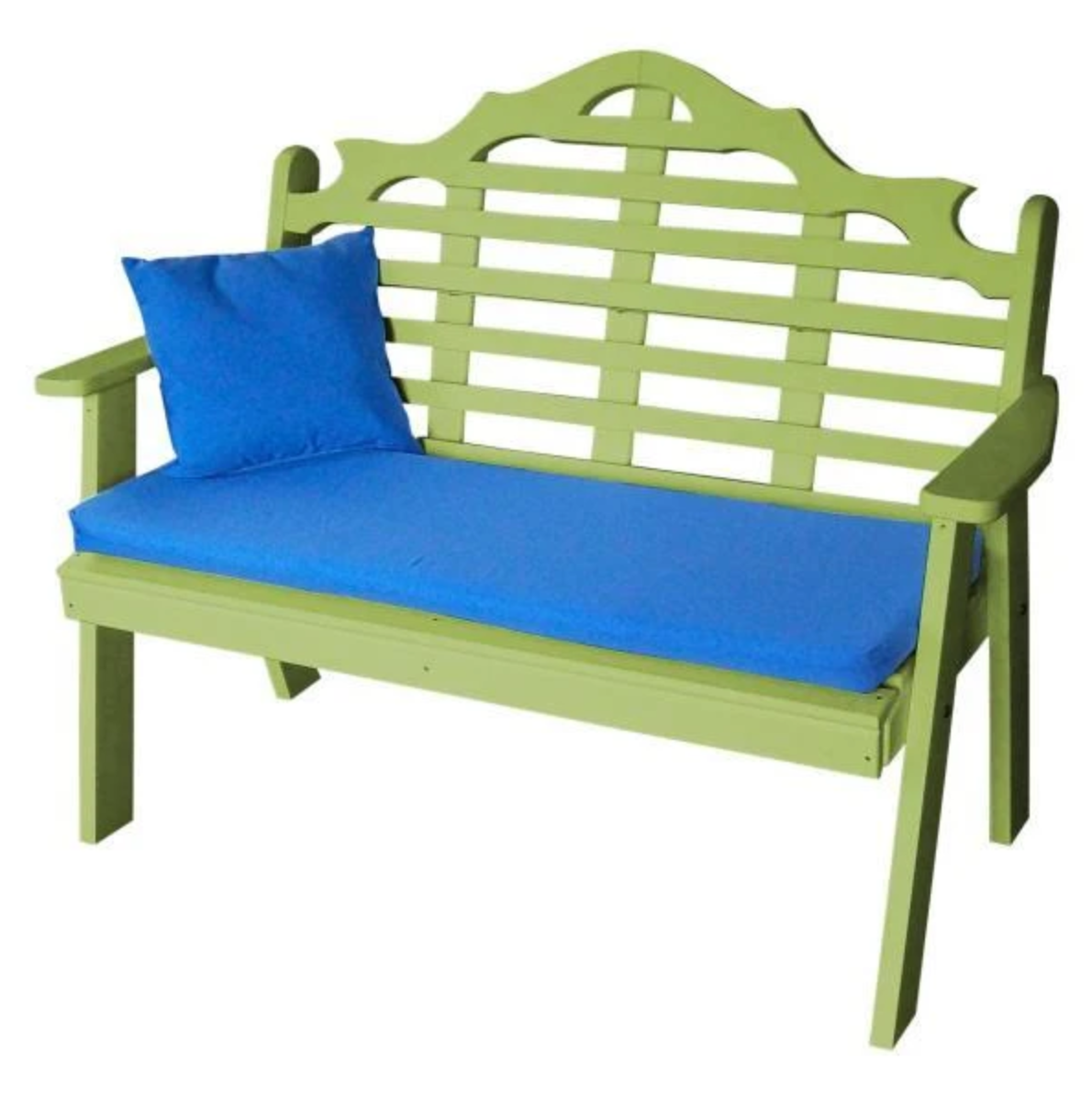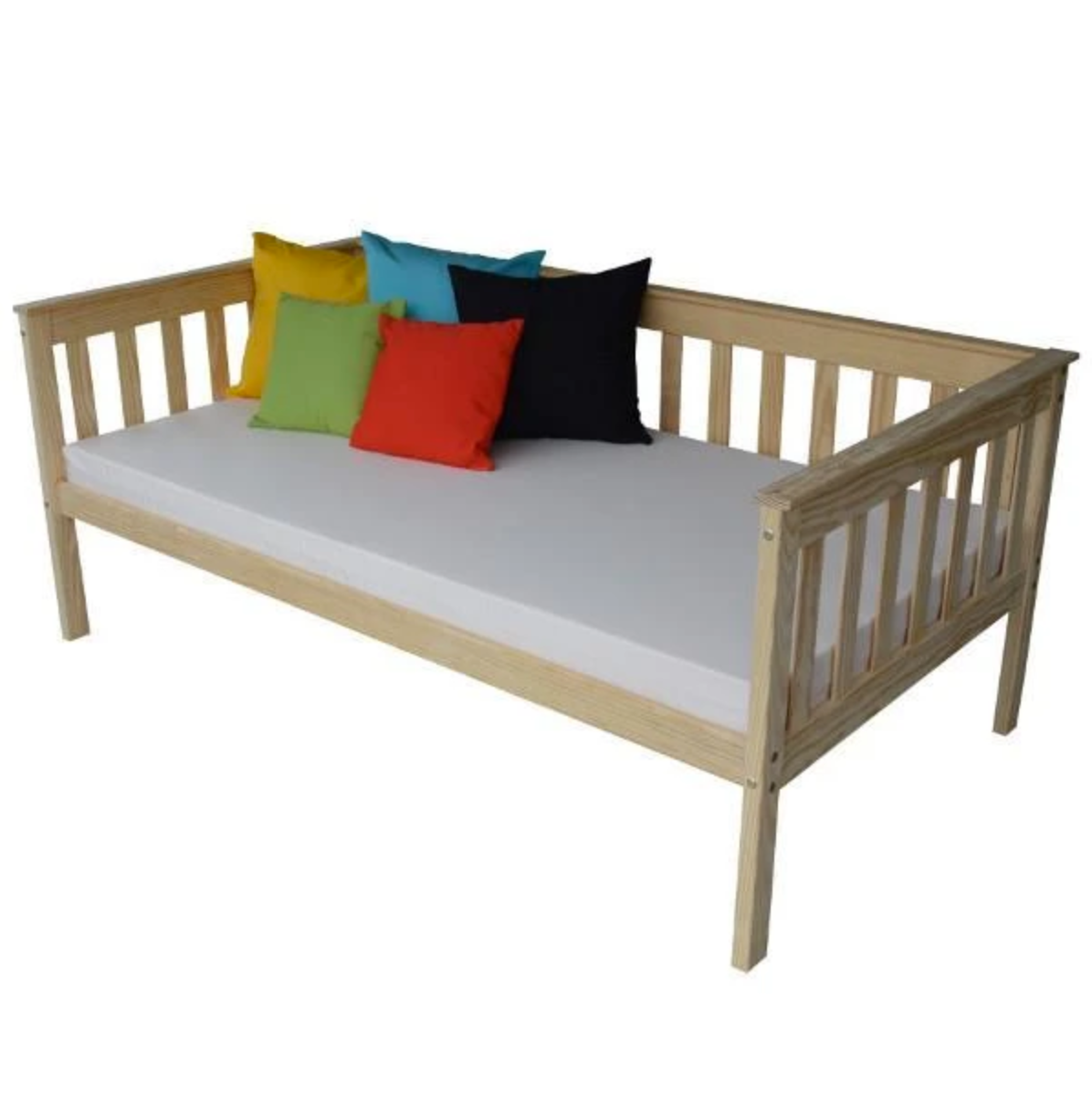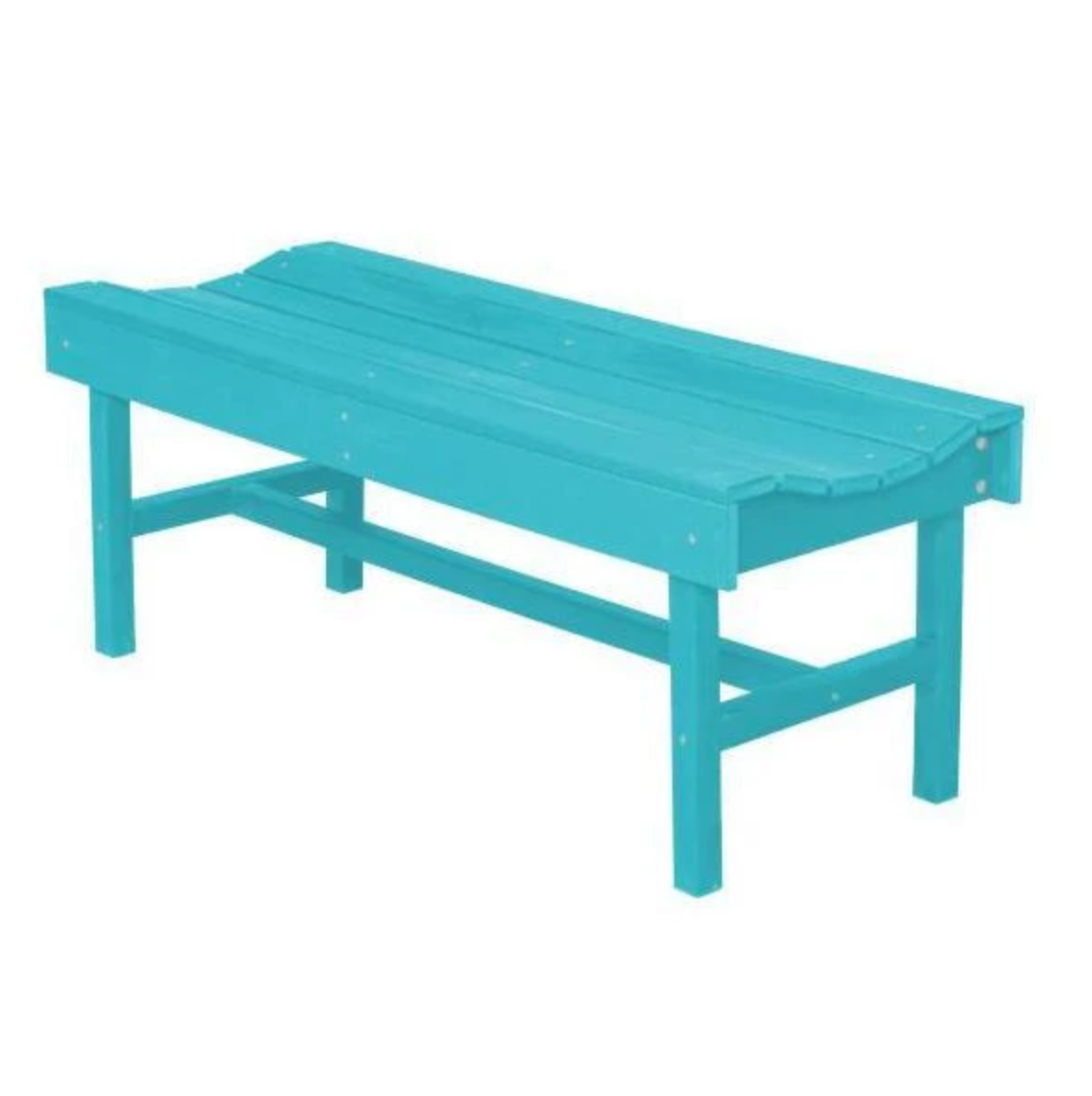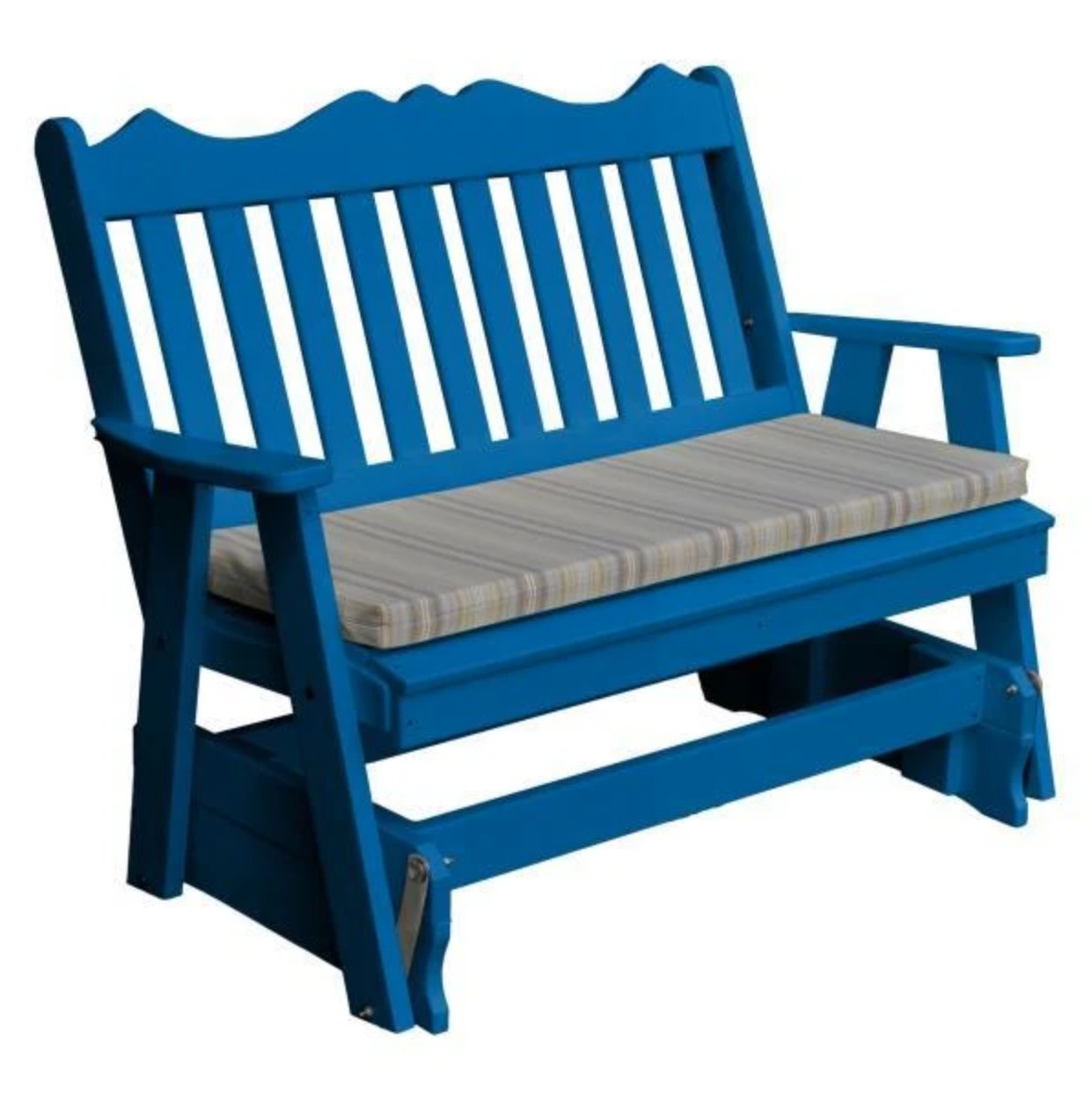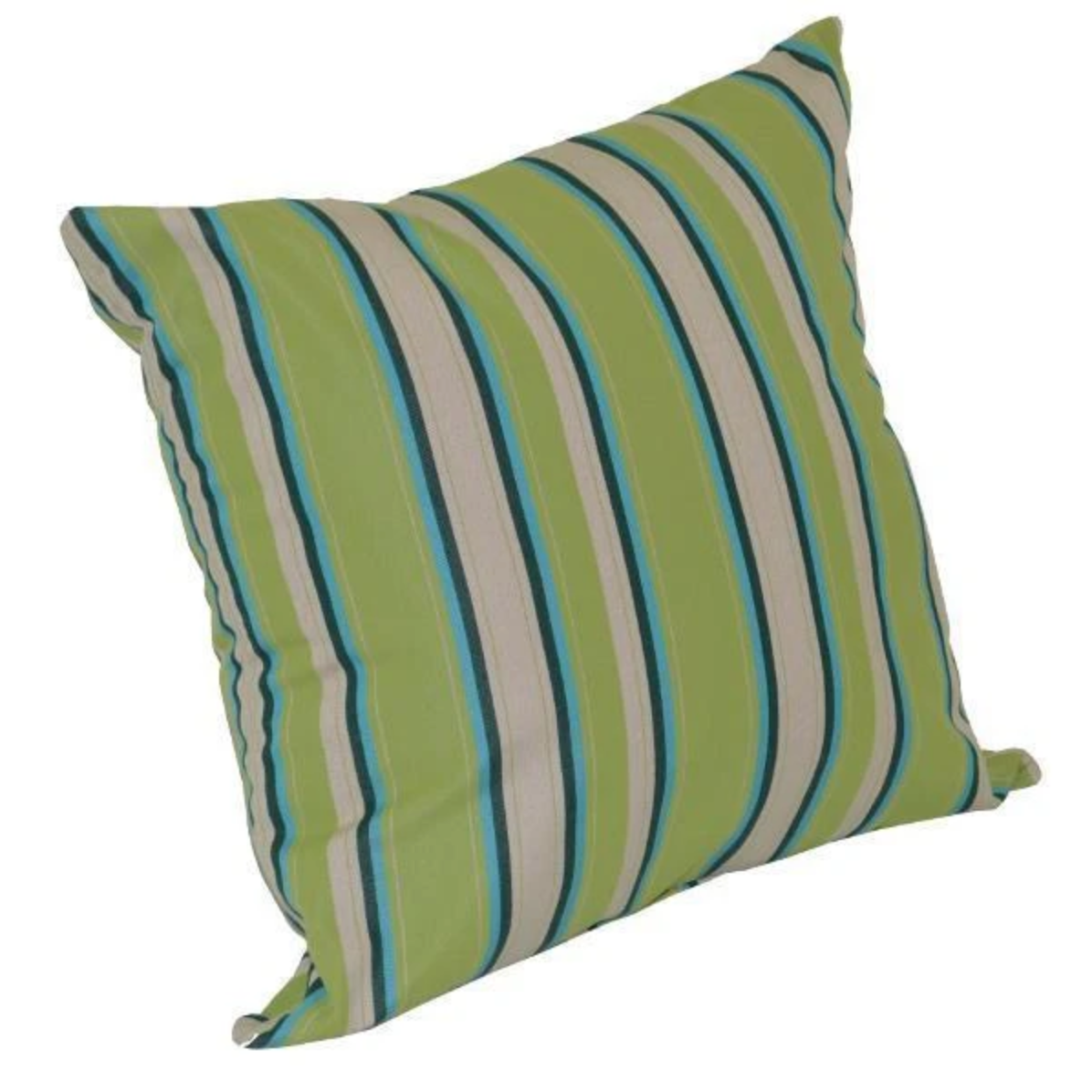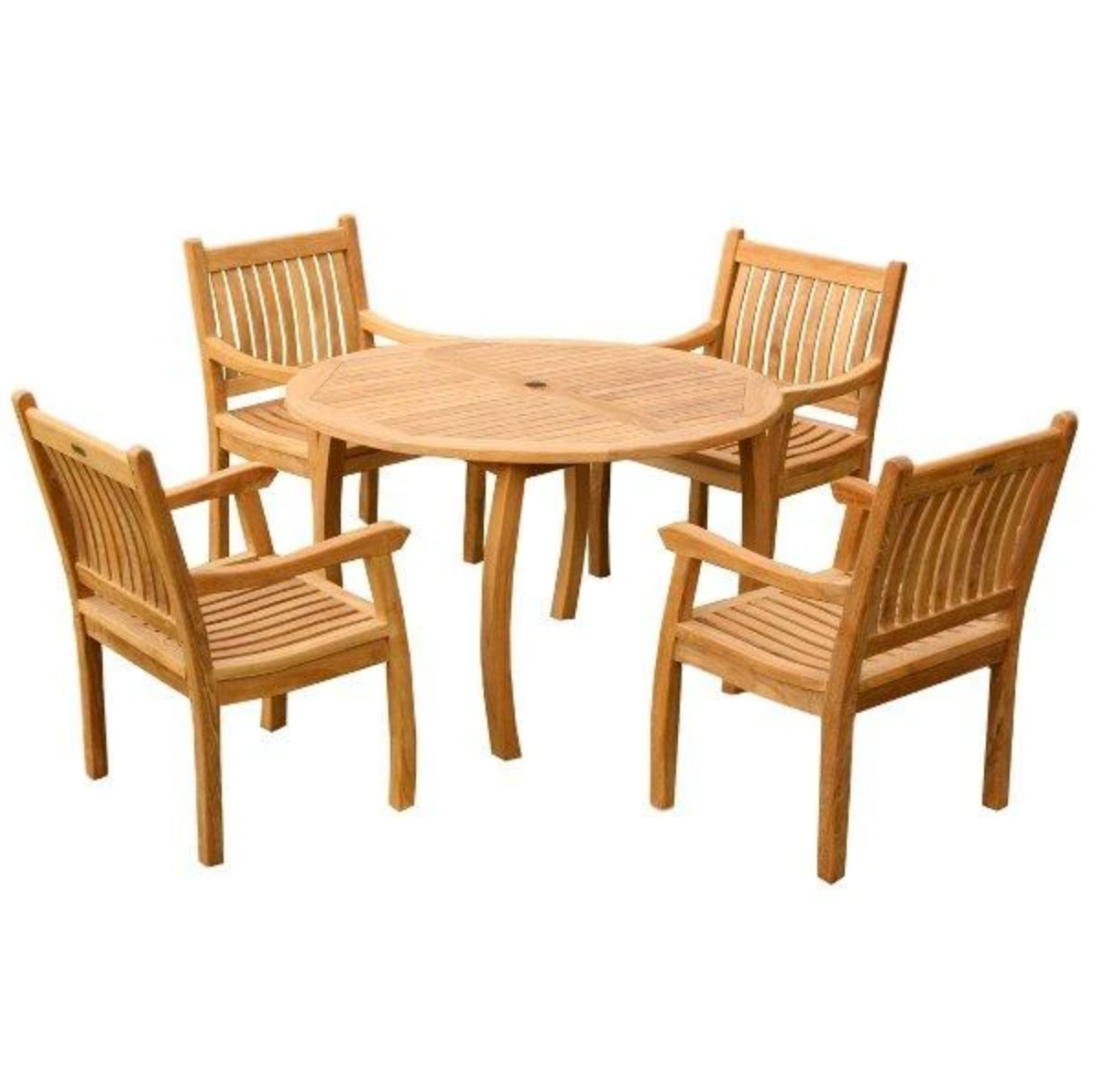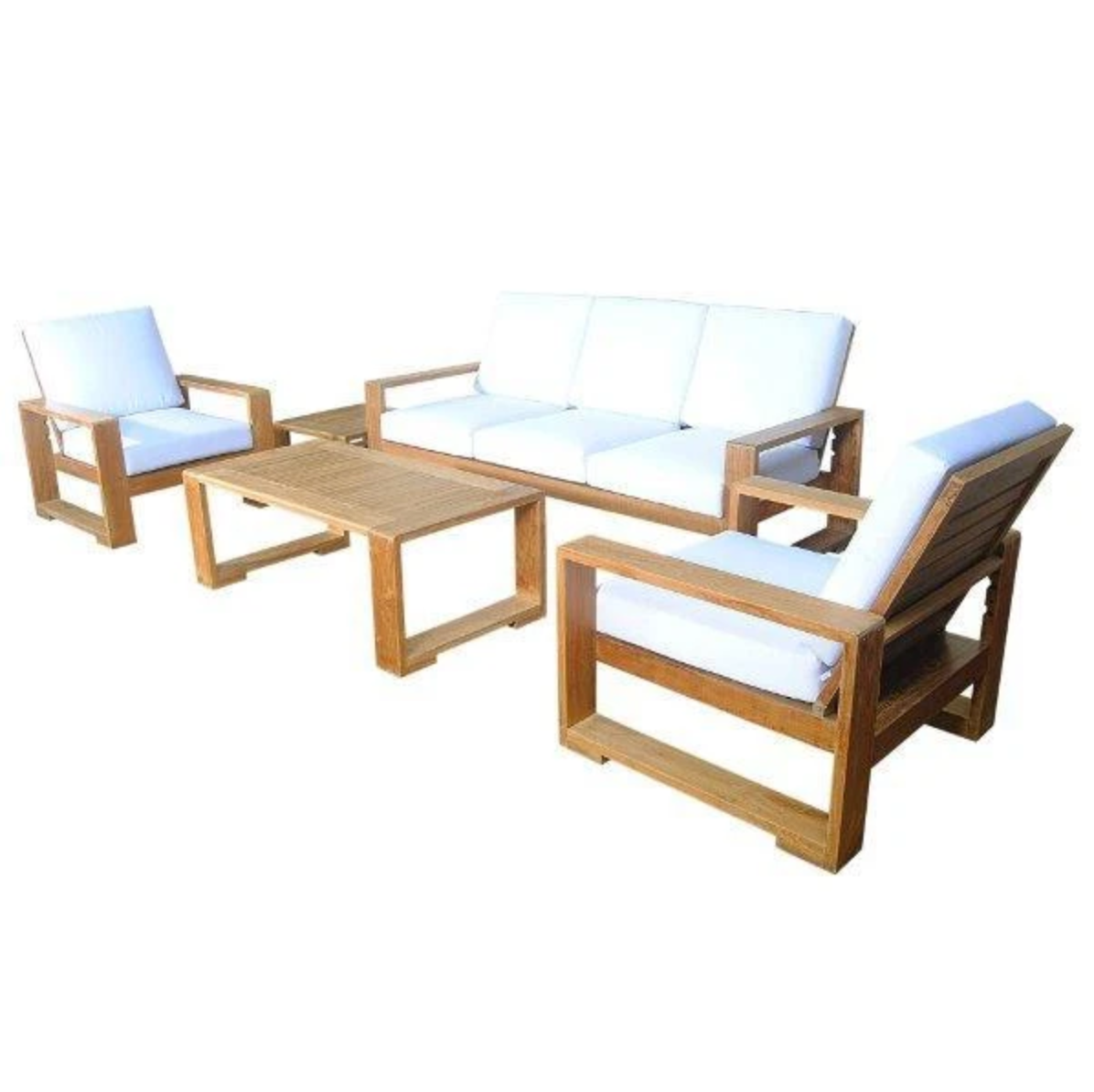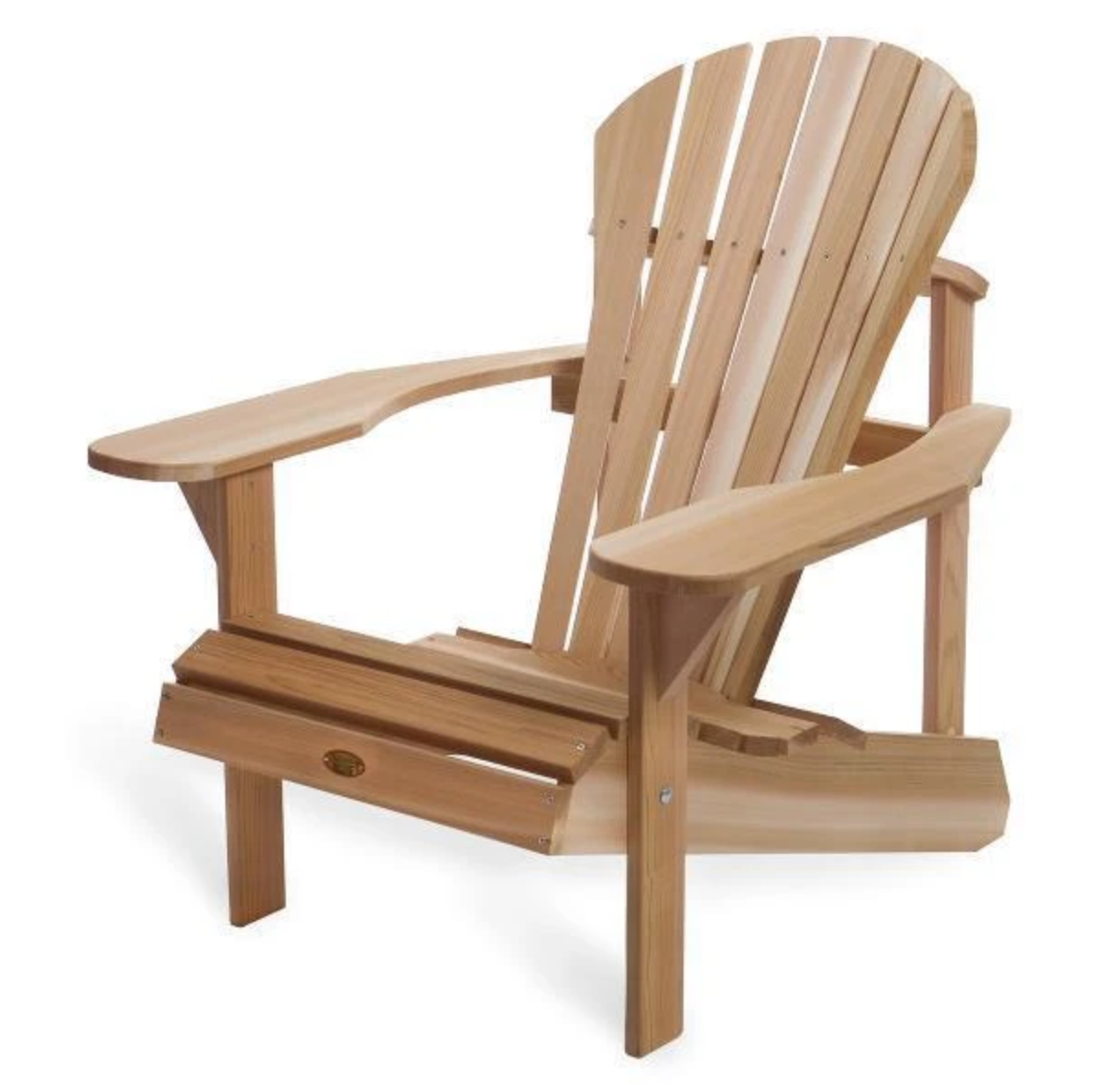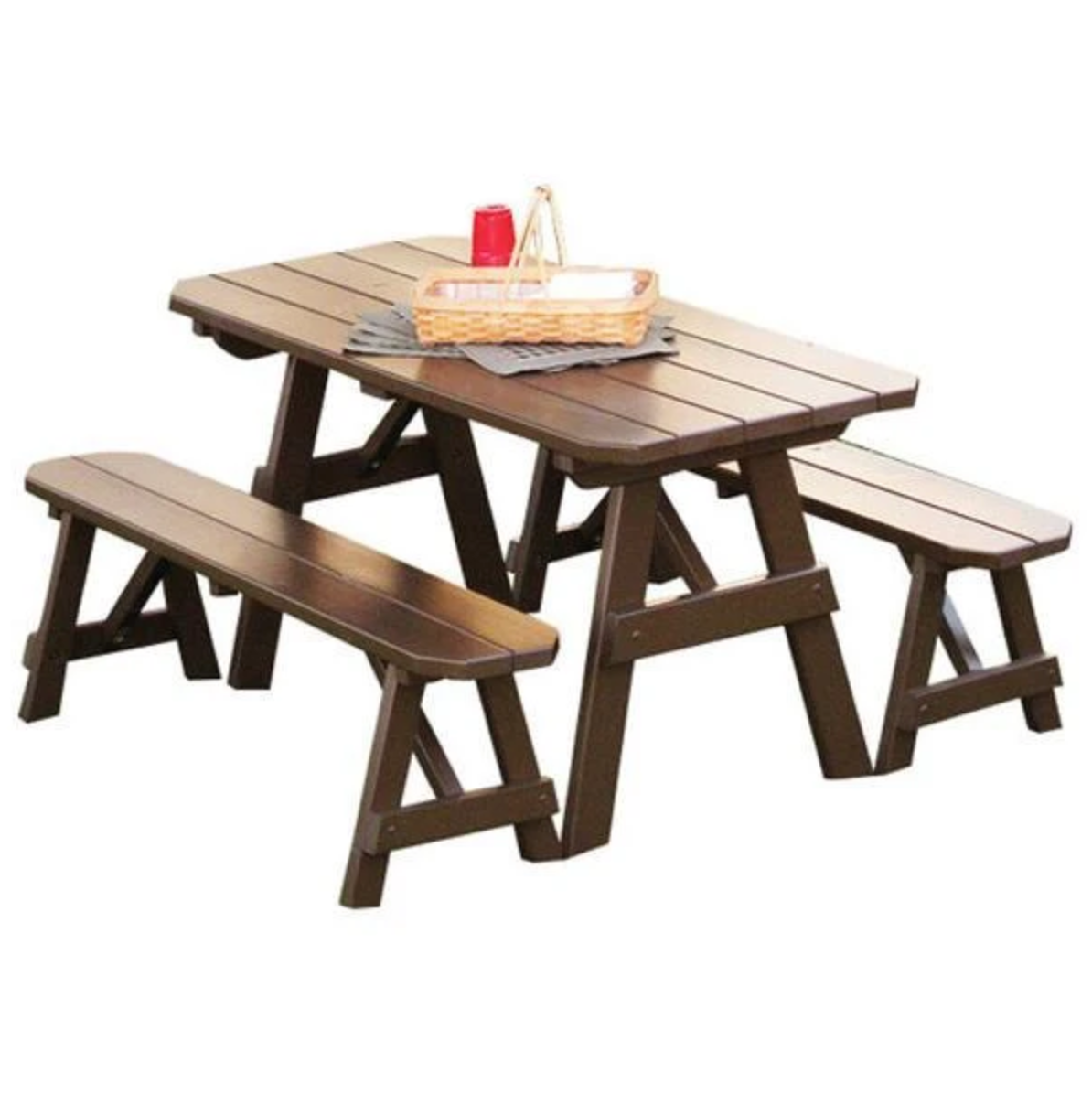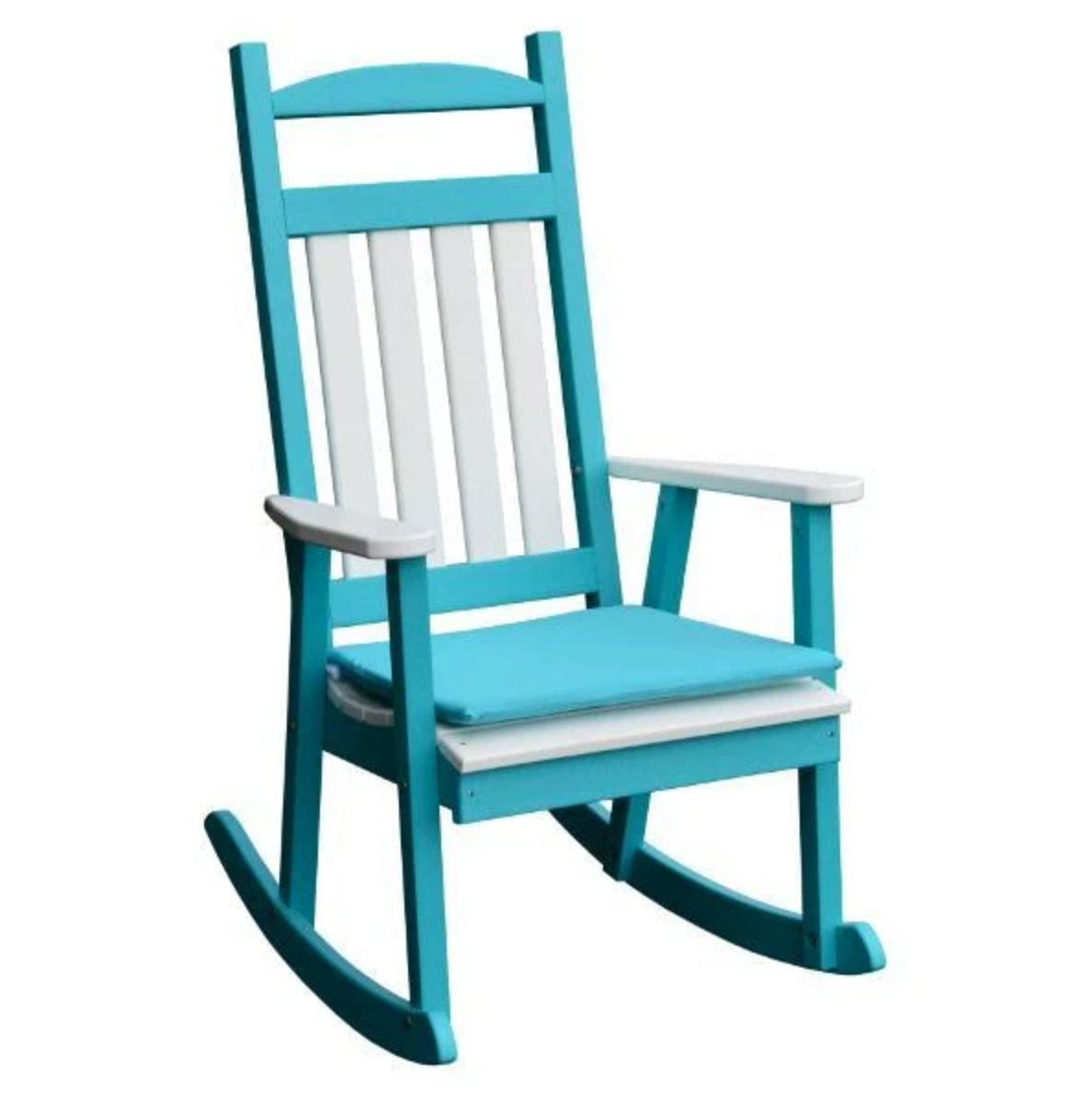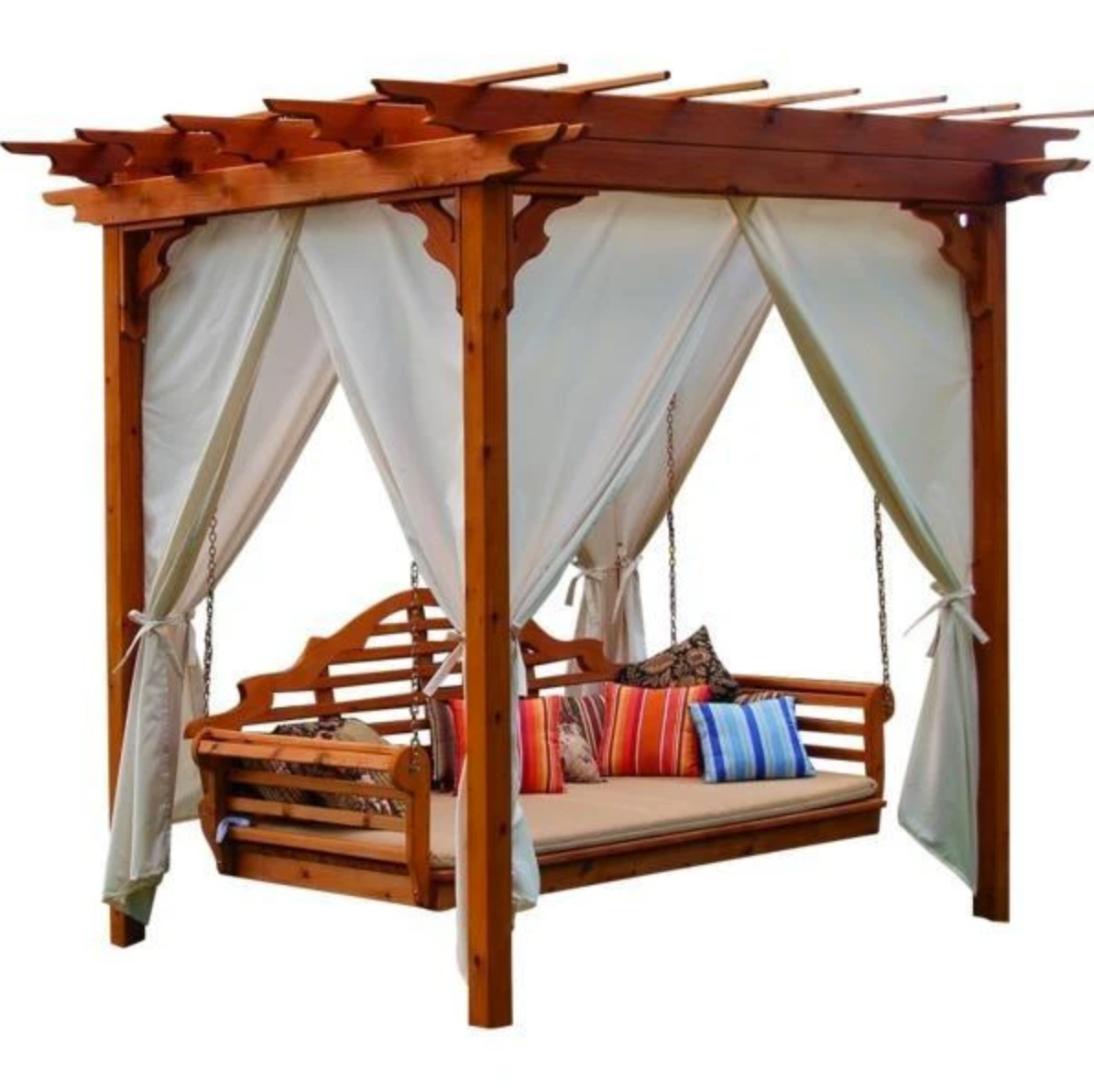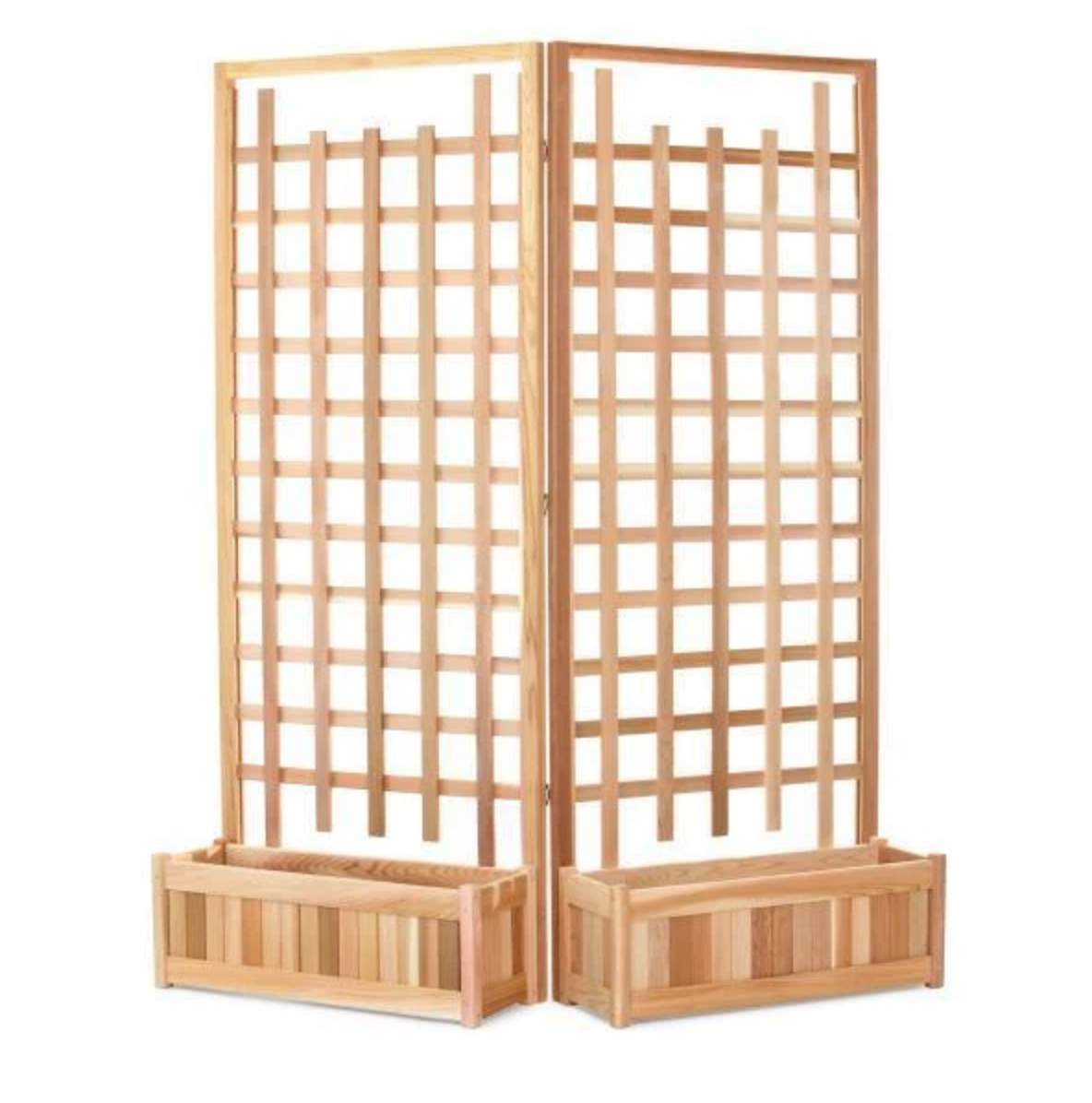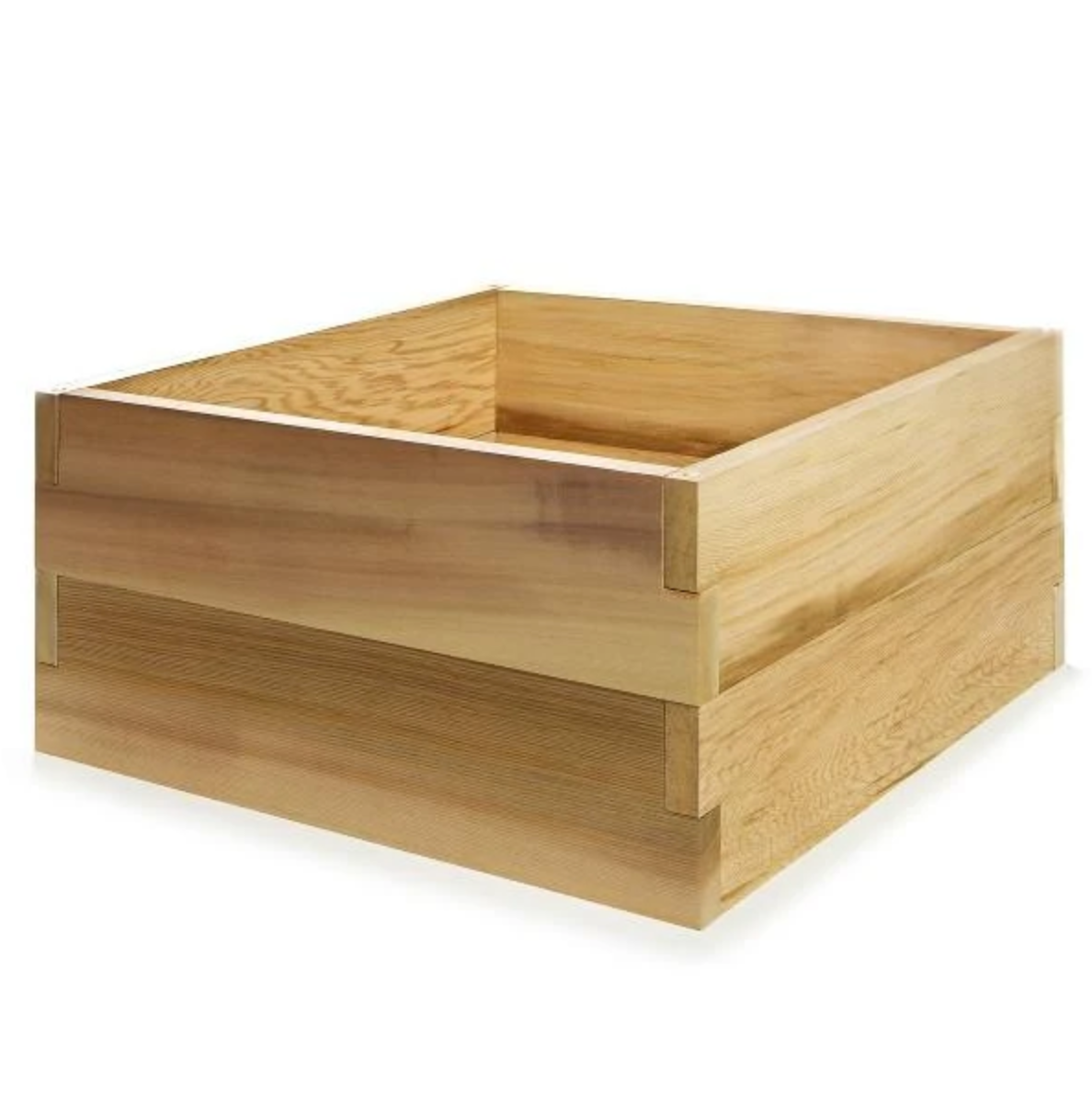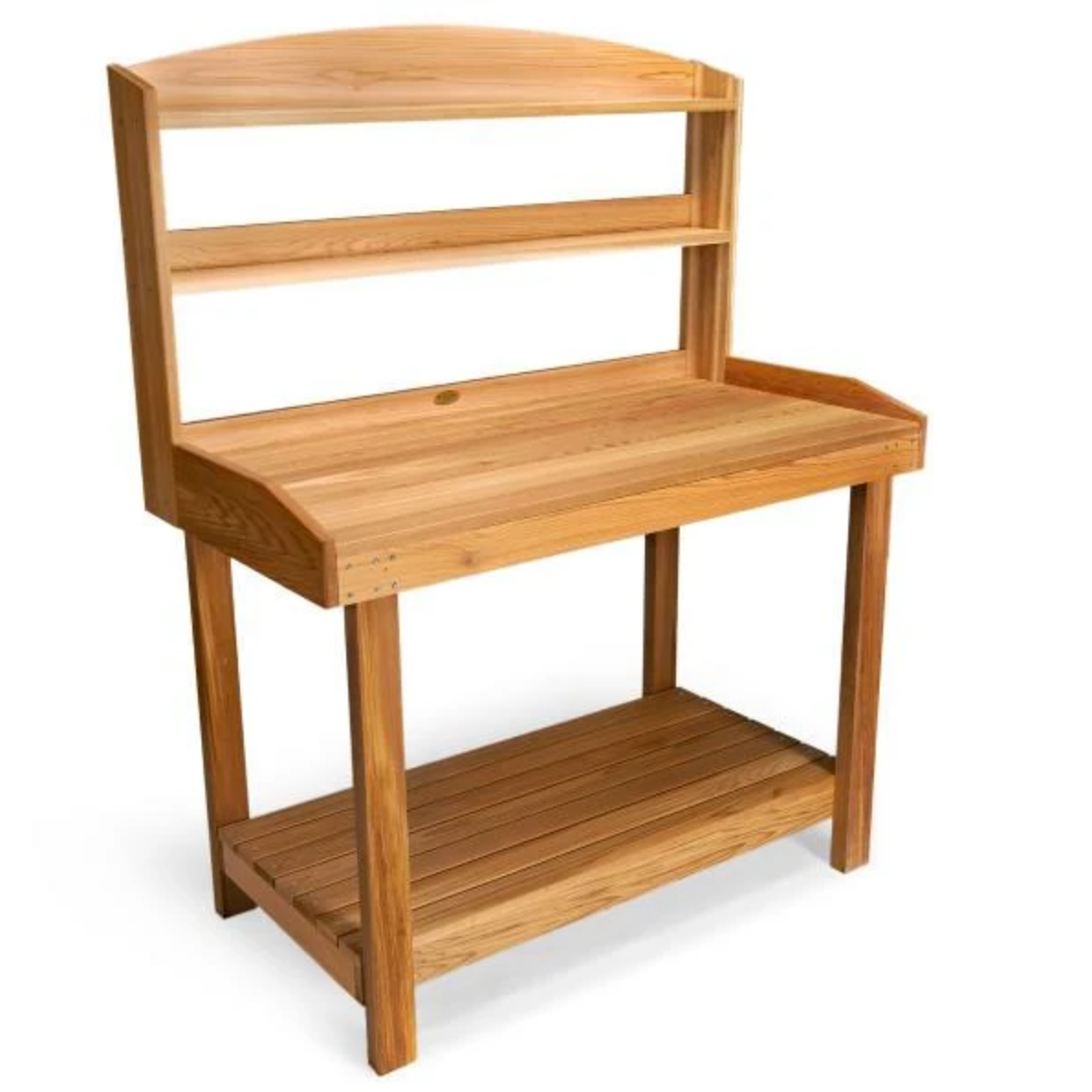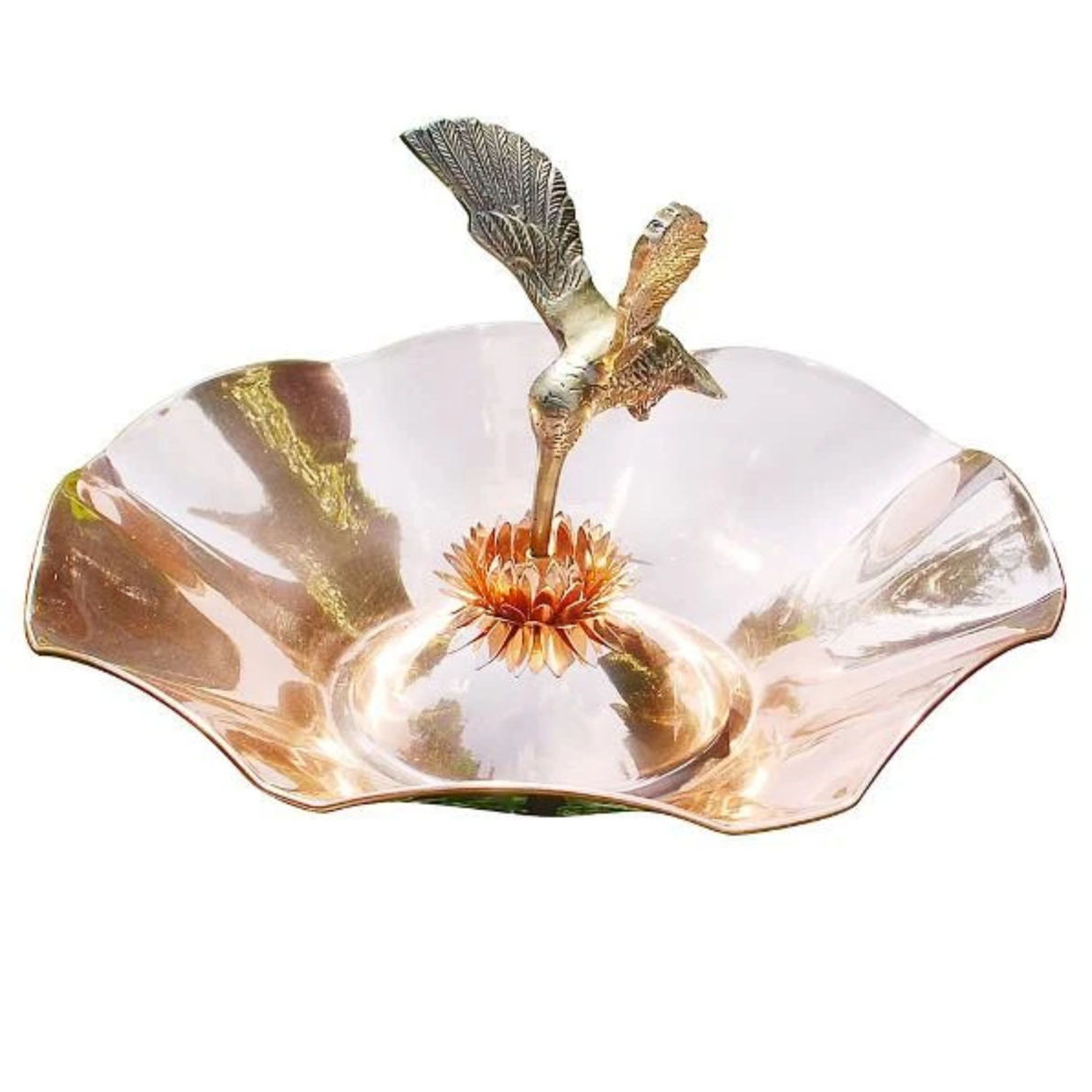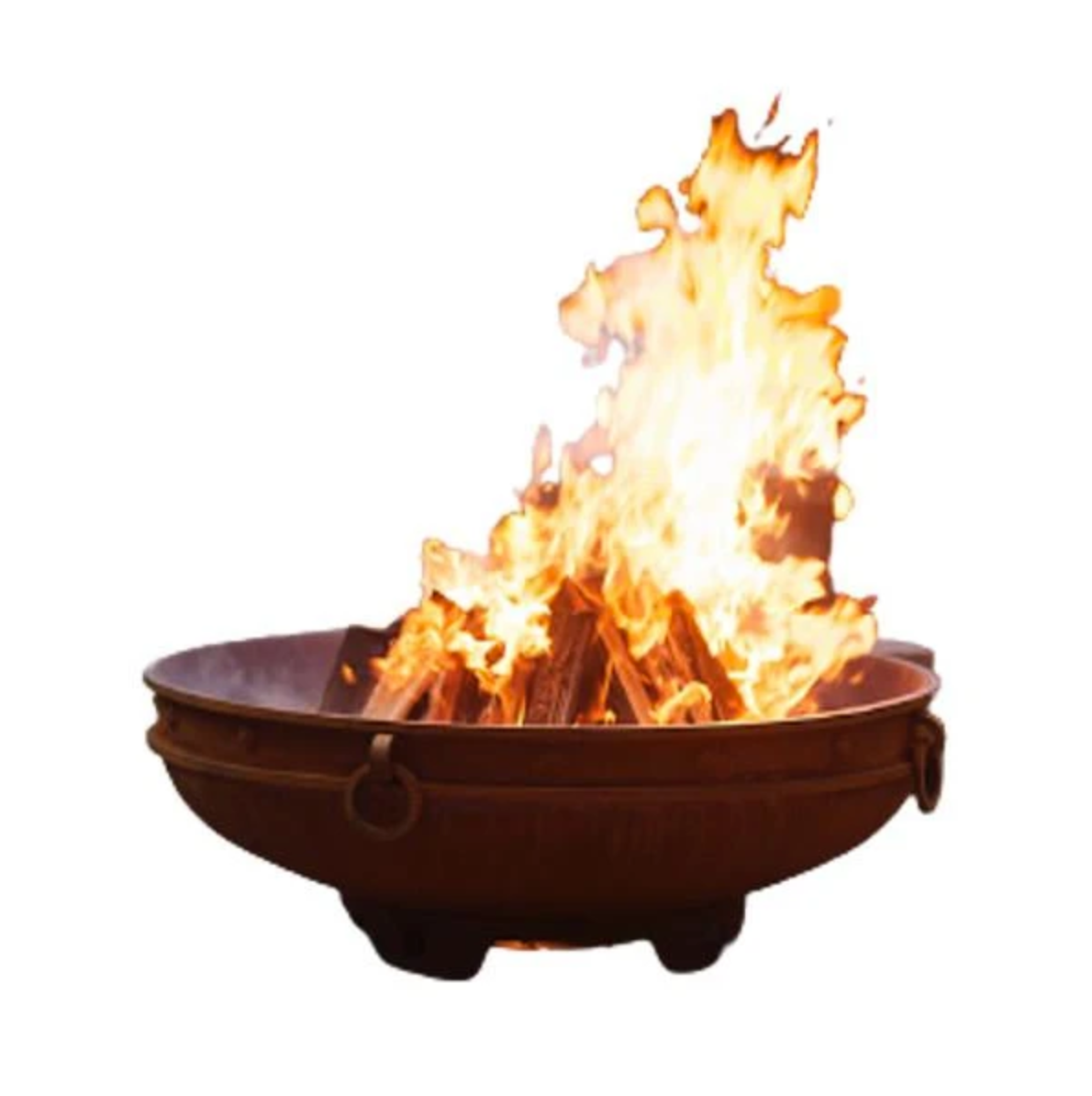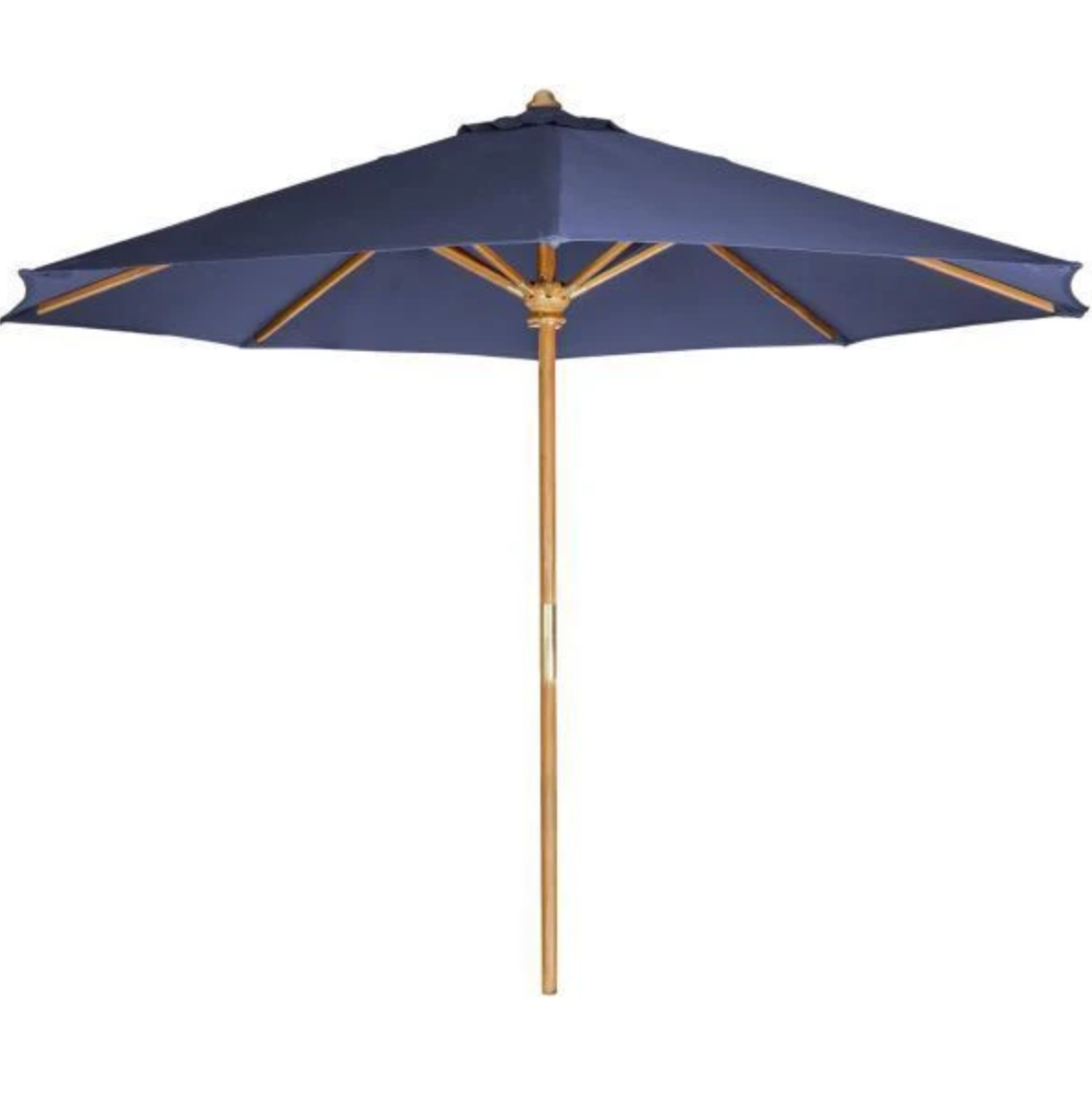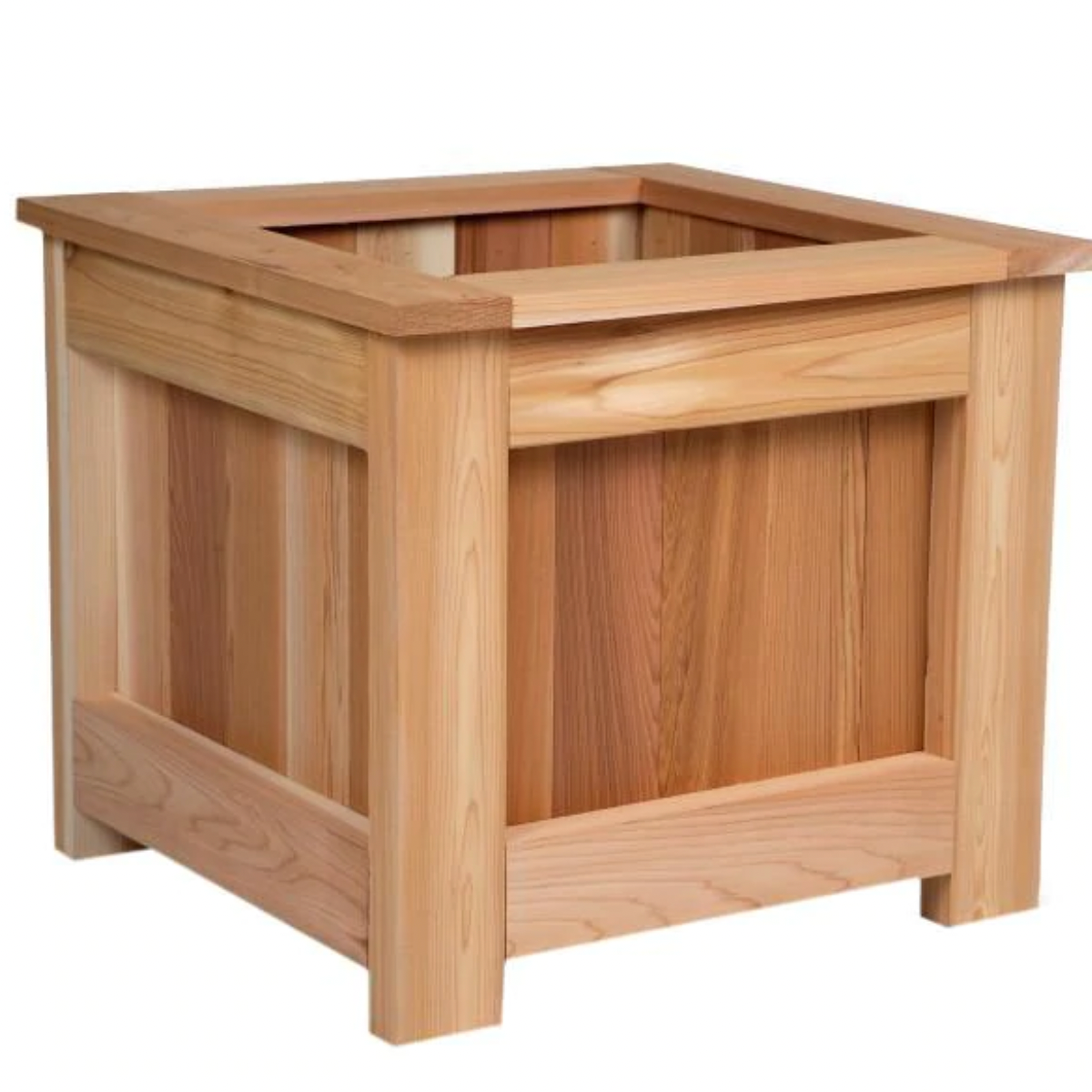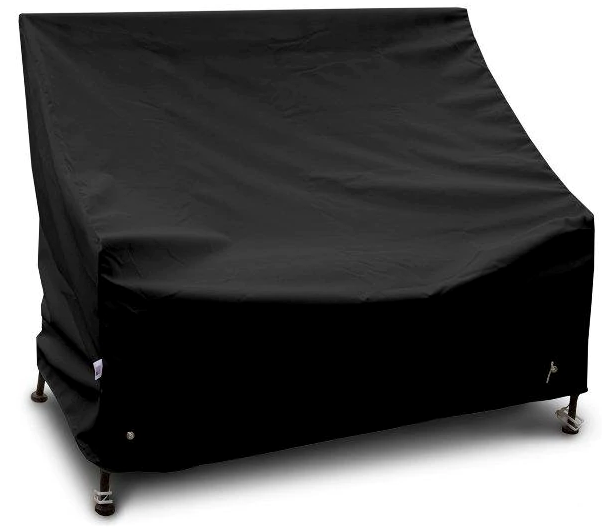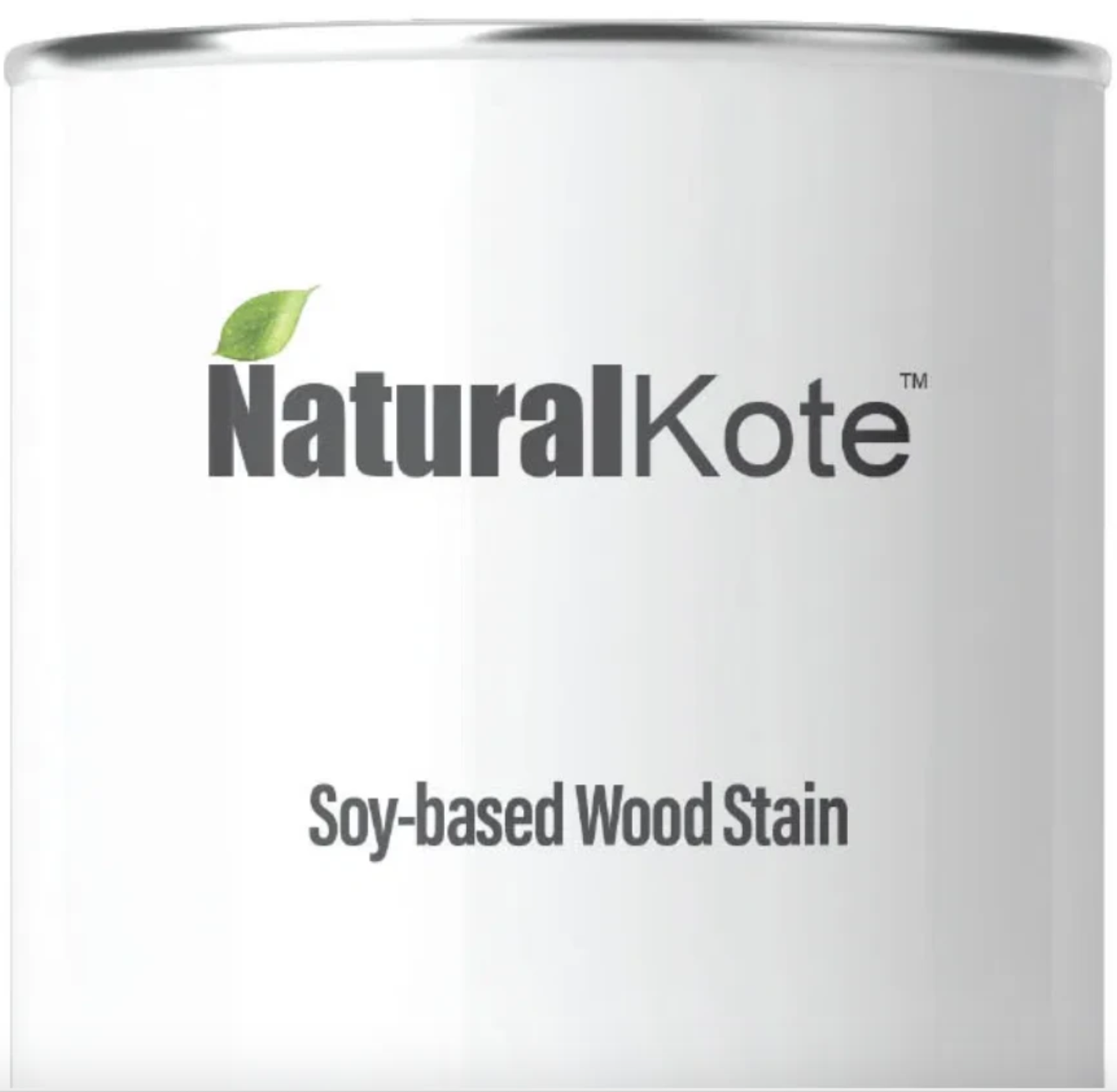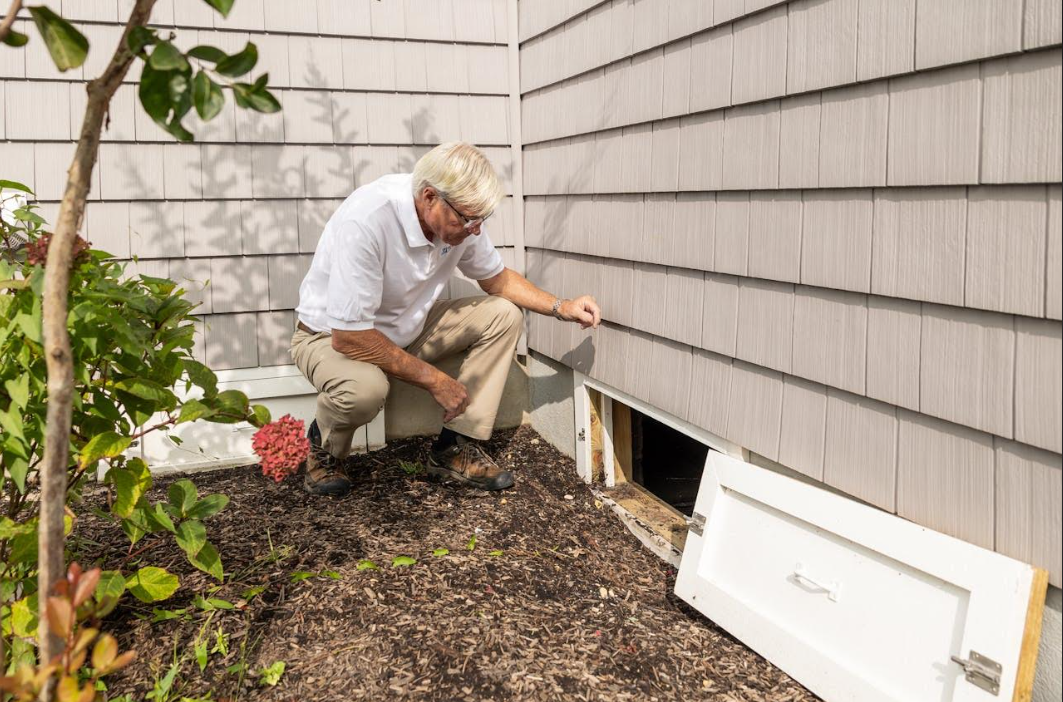Your Cart is Empty
FREE SHIPPING ON EVERY ORDER
Menu

FREE SHIPPING ON EVERY ORDER
Swings
Benches
Tables & Chairs
Home & Garden
Arbor vs Pergola - What's the Difference?
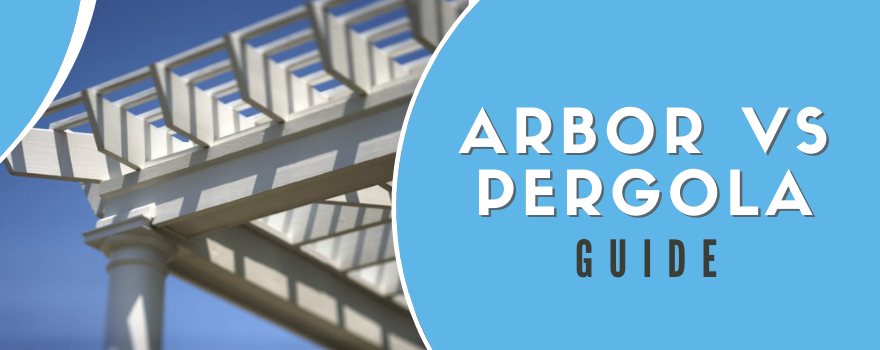
What's the difference between a pergola and an arbor? You’ve seen an arbor and a pergola, but do you know what the difference is between the two? There is actually not just one difference but many differences between these two structures.
They are similarly shaped and serve similar purposes, but there are differences between the two that you may be unaware of. Where you need to put the structure will determine if you need an arbor or a pergola.
Arbor vs Pergola
What is an Arbor?
An arbor is a structure placed in a garden, usually at the entrance, along a pathway, or at a seating area. Arbors can be freestanding or attached to a fence.
Arbors provide aesthetics to the area in the garden where they are placed. An arbor placed at the garden entrance will not only let visitors know that’s where the garden begins, but it also creates an aesthetically pleasing and inviting entrance.
Aside from adding character and charm to your garden, arbors can also serve a purpose in your garden. Arbors are placed in gardens because they help vines and other climbing plants have a place to grow.
If you have a garden and need a place for your vines or climbing roses and plants to grow, you can add an arbor. It will give your plants something to climb while also adding an entryway to your garden or coverage over a seating area.

What is an Arbor Made of?
An arbor can be made of wood, iron, or aluminum. Many arbors that are attached to a fence are made of wood. Standalone arbors can also be made of wood, although they are often heavier and more difficult to build. Because of this, many freestanding arbors are made of a sturdy material that is easy to assemble, like iron or aluminum.
The material used may be determined by where the arbor is located. If the arbor is attached to a wooden fence, then the arbor should be made out of wood. If it’s located in the middle of the garden or along the pathway, it can be made of the material of your choice.
The top of the arbor can have an open space between the crossbeams that support it, or it can have a lattice covering to provide shade and shelter.
What is an Arbor Used for?
To make the most of your arbor, you should plant a climbing plant or vine nearby or place the arbor near a vine or climbing plant that has already taken root. Vines and climbing plants need a structure to climb to grow as big and as healthy as possible.
You can also use an arbor to add character and beauty to your garden. An arbor helps give a garden a focal point or central area that you and guests can enjoy. You can place a seating area under an arbor to provide shade and coverage when sitting outside.
Some arbors have a built-in seating area, like our Yellow Pine Jamesport Arbor and Swing. The arbor serves two purposes. It gives you or your guests a place to sit while also allowing vines or climbing plants to climb and flourish.
What is a Pergola?
Have you ever seen an arbor-like covering attached to a back deck or patio of a home? That’s a pergola. A pergola looks similar to an arbor. It has the same visual aspects and serves a similar purpose. The major difference between the two is that a pergola is larger than an arbor and is attached to a structure, like a back deck, patio, or garage.
Like an arbor, the pergola roof can be open, or it can have a lattice covering. Many pergolas have lattice on the side or back to add shade and coverage.

What is a Pergola Made of?
Unlike arbors that can be made of aluminum, iron, or steel, most pergolas are wood or vinyl. That’s because they are attached to a structure like your home or garage. Redwood and red cedar are the most common types of wood used for pergolas because it is durable and stunning, like our Red Cedar Pergola.
Pergolas can also be vinyl or metal, making them extremely easy to clean. Just make sure you choose a material that will not rust over time. When you need to clean vinyl or metal pergolas, simply pressure wash them every few months.
The roof of the pergola may be open with crossbeams or covered using lattice. Some pergolas may even have a retractable roof that allows you to enjoy the open air on nice days while also providing shelter if the weather turns bad.
What is a Pergola Used for?
Pergolas provide shade and shelter for seating areas outside your home, garage, or pool while also providing climbing plants or vines a place to grow. You can place vines or climbing plants around your pergola to give them a structure to help them climb.
If you have a pergola with an open roof and patio furniture with cloth cushions under the pergola, make sure you bring the cushions inside when it rains so that they don’t mildew or become unusable.
Arbor vs Pergola: What Will You Choose?
If you’re unsure of which one you should choose for your outdoor spaces, we have come up with a few scenarios to help you make your decision.
Pergola |
Arbor |
|
● Patios, back decks, pools |
● Garden structures |
|
● Attached to a structure (home, outbuilding, pool house) |
● Outdoor structure attached to a fence or freestanding |
|
● Provides large seating areas and outdoor living space |
● Small seating area sometimes attached (small bench or swing) |
|
● Provides a structure for vines or plants to climb, if you choose |
● Best placed in a garden where you need vines and plants to climb |
|
● Large structures |
● Small structures |
Final Thoughts
Hope this article has given all the answers that is required for the question - What is the difference between an arbor and a pergola?
For more information about arbors vs pergolas, check out our article comparing arbors, pergolas, and patio covers. This will help you make the right decision about which type of cover you should choose.
Also in News
US
United States
Jan 09, 2026 10:54
Product Tag :
Product Collection :
×
